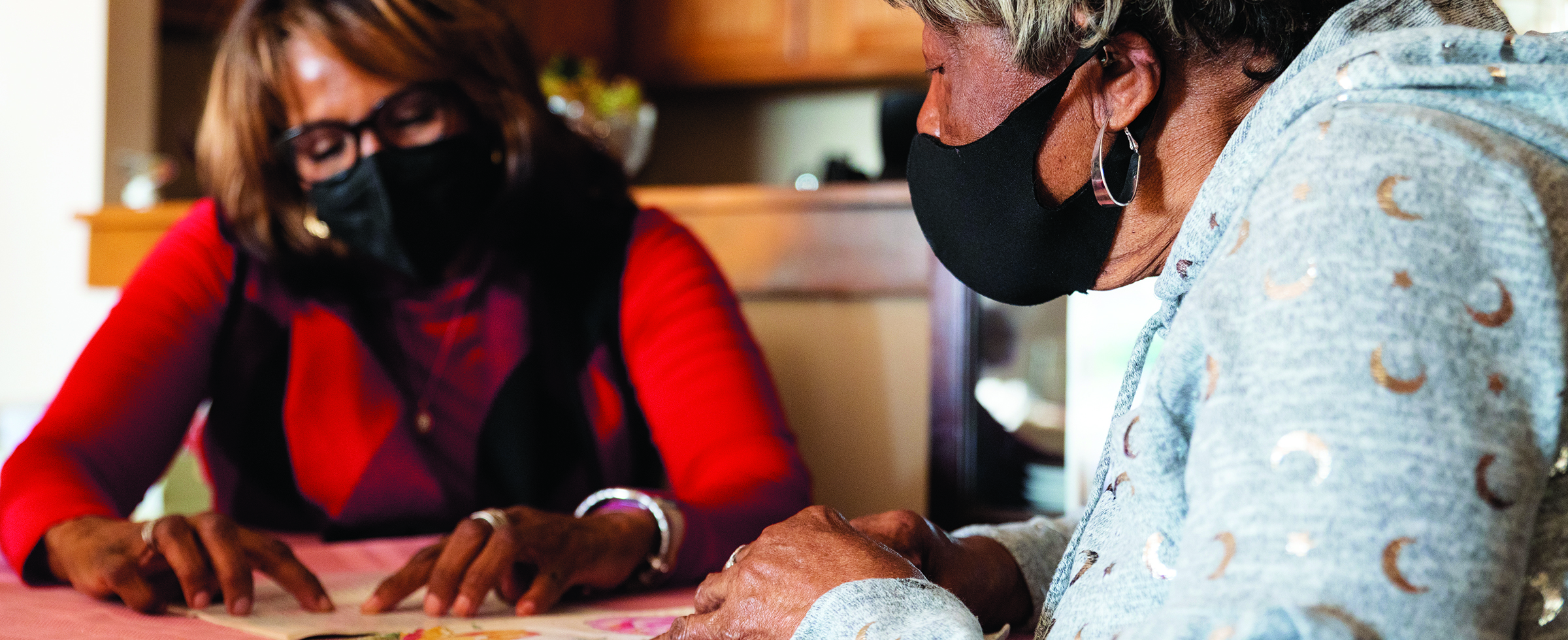
A diversified investment strategy that was initially developed in response to the financial crisis in 2008 continued to serve the Foundation well in 2020 when the global COVID-19 pandemic sent financial markets roiling.
The Foundation’s portfolio experienced steep losses in the spring but recovered over the summer. Thanks to careful action by the Foundation, the portfolio, as of this writing, has nearly completely recovered the value it held at the beginning of the year. In this interview, Jonathan Brelsford, senior vice president of Finance and Investments, discusses how the Foundation protects grant-making assets from extremes in the market — the Foundation had record earnings of $166 million in 2019 after losing $53 million the year before — and how it invests to ensure long-term growth.
There has been so much economic uncertainty this year. What does this all mean for grantmaking in the short and long term?
“Over the last three calendar years, our investment portfolios have returned $233 million. Those returns are the basis for our annual grant-making budget, which you may hear referred to as our spending policy. We establish the yearly grant-making budget by looking back at average monthly balances over the previous 36 months, and we dedicate 5% of that 36-month average to grants. The beauty of this approach is that we preserve philanthropic assets, even when there are sudden drops in the markets. We do not experience immediate declines in grantmaking because changes are spread out over time.
The long-term impact depends on the length and depth of a decline. We ran an analysis in February and found that, if the Foundation lost 20% of its value from the end of February through September of this year, we would still see an increase in the total grant-making budget in 2020 and 2021 because our assets had increased so dramatically over the previous 36 months. Despite the wild fluctuations in the market earlier this year, we’ve made back most of those losses year-to-date and are on track to see an increase, barring anything unforeseen.”
When was this approach devised and why?
“Back in 2008, after the financial crisis, we realized that we needed to isolate our annual grant-making assets from market fluctuations. Now, at the start of each year, we transfer 5% out of our investment portfolios into a grant-making fund, with the intention to spend it down in one to two years.
Our two other funds are meant to earn money for the mid- and long term. The Intermediate Fund is based on a three- to seven-year horizon, meaning those investments will grow and be ready to be granted out to the community in three to seven years. The Legacy Fund, which has the longest horizon, is the best option for donors who want to see their funds grow before they begin making grants.”
What, besides the rapid rebound, has surprised you about the market this year?
“We know that it’s not possible for us to reach our inflation-adjusted spending policy goals by just leaving assets in place. Mainstays of the economy, such as commercial real estate and retail, have done poorly in the pandemic, while technology companies like Apple, Zoom and Peloton are seeing consistent revenue growth as a direct result of how the virus has changed daily life.
We rebalanced our portfolio in the spring by taking money out of fixed income investments such as bonds, which typically do well during a market drop, and reinvested in equity, where there is greater risk. That risk was rewarded by a rapid market recovery driven by the fiscal and monetary stimulus coming out of the government and federal reserve.”
Are there any clear winners in the Foundation’s portfolio?
“Our hedge fund investments are performing well in this market. When the equity market goes down, hedge fund portfolios typically don’t go down as much and sometimes even increase in value. Also, when bonds lose value in a hedged portfolio, they don’t lose as much value. Or, they increase in value. That’s been our experience so far: We are not seeing the same steep losses in the hedge portfolios as in stocks and bonds.”
While the markets are doing well, there is so much uncertainty in the economy generally. What’s keeping you up at night?
“This year has been the tale of two markets. We’re heartened by the fact that the market has recovered so quickly, and we are concerned about the future. The winners in this economy tend to be the big players — Amazon and Walmart — but the ones hurting are small businesses and their employees. The pandemic has been devastating for small businesses, particularly restaurants. There are estimates that 50% of Black-owned small businesses have shuttered and may not come back. The nonprofits we fund are seeing drastic increases in need because more than 7% of our fellow southwestern Pennsylvanians are now unemployed.
What has supported the economy has been fiscal stimulus, including the Paycheck Protection Program, direct payments of $1,200 to taxpayers and additional unemployment insurance payments. Now there is uncertainty about the future of those programs.
We’re also watching how interest in corporate bonds is declining and pushing more people to invest in the stock market, which is causing the market to inflate in value. At some point, the bubble will burst, and we believe we’ll be well-positioned to navigate that."
Original story appeared in the 2019-20 Annual Report.




